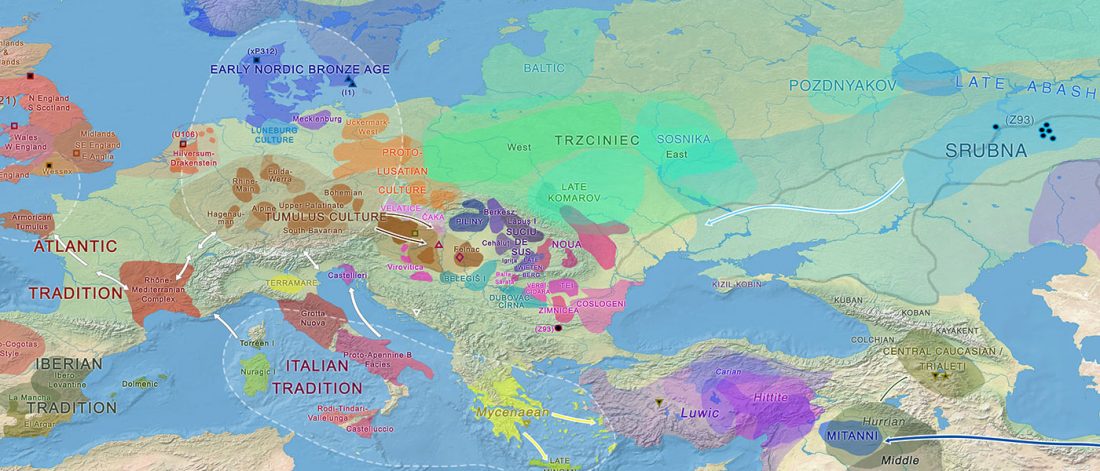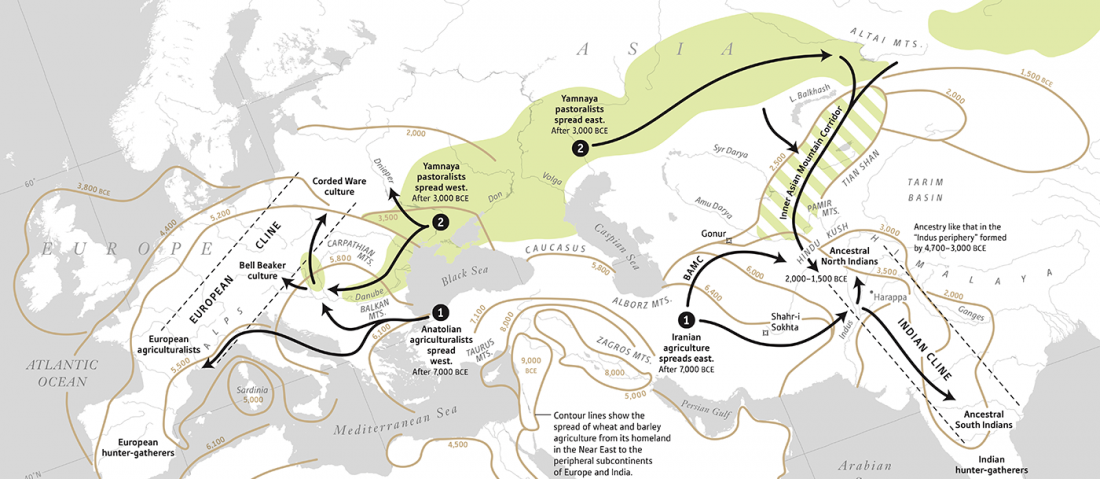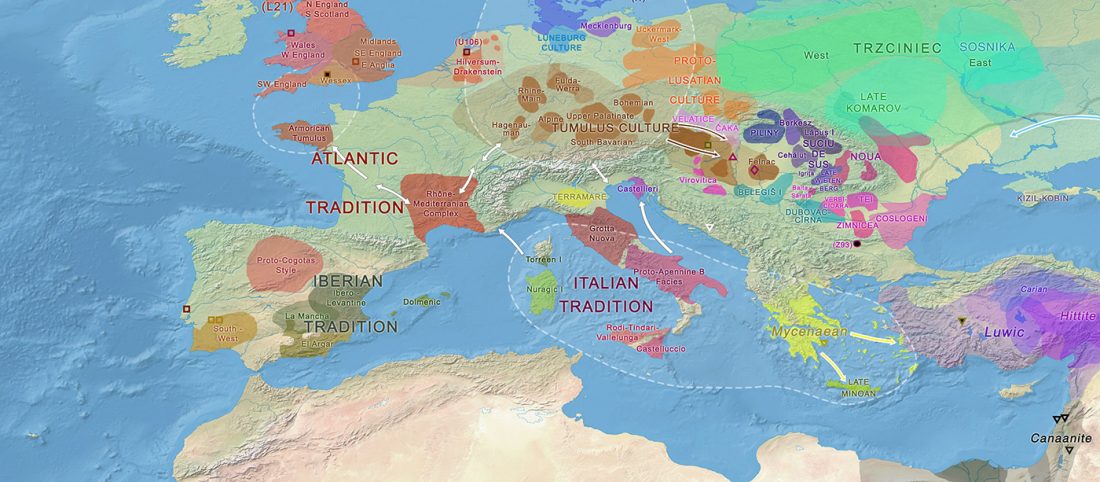Haplogroup R1b-L51 in Khvalynsk samples from the Samara region dated ca. 4250-4000 BC
A commenter in a previous post left a reference to an oral communication by Aleksander Khokhlov – shared in a Russian forum on genetics – , from the XIV Conference on Samaran Archaeology, 27-28th January 2018 (still publicized in the Samaran Archaeological Society).
NOTE. You may know Khokhlov as a palaeoanthropologist, part of the Samara Valley project, like David W. Anthony. See the project referenced here, or their recently published book.
Here is my translation of the reported summary (emphasis mine):
… Read the rest “Haplogroup R1b-L51 in Khvalynsk samples from the Samara region dated ca. 4250-4000 BC”Khokhlov, A.A. Preliminary results of anthropological and genetic studies of materials of the Volga-Ural








